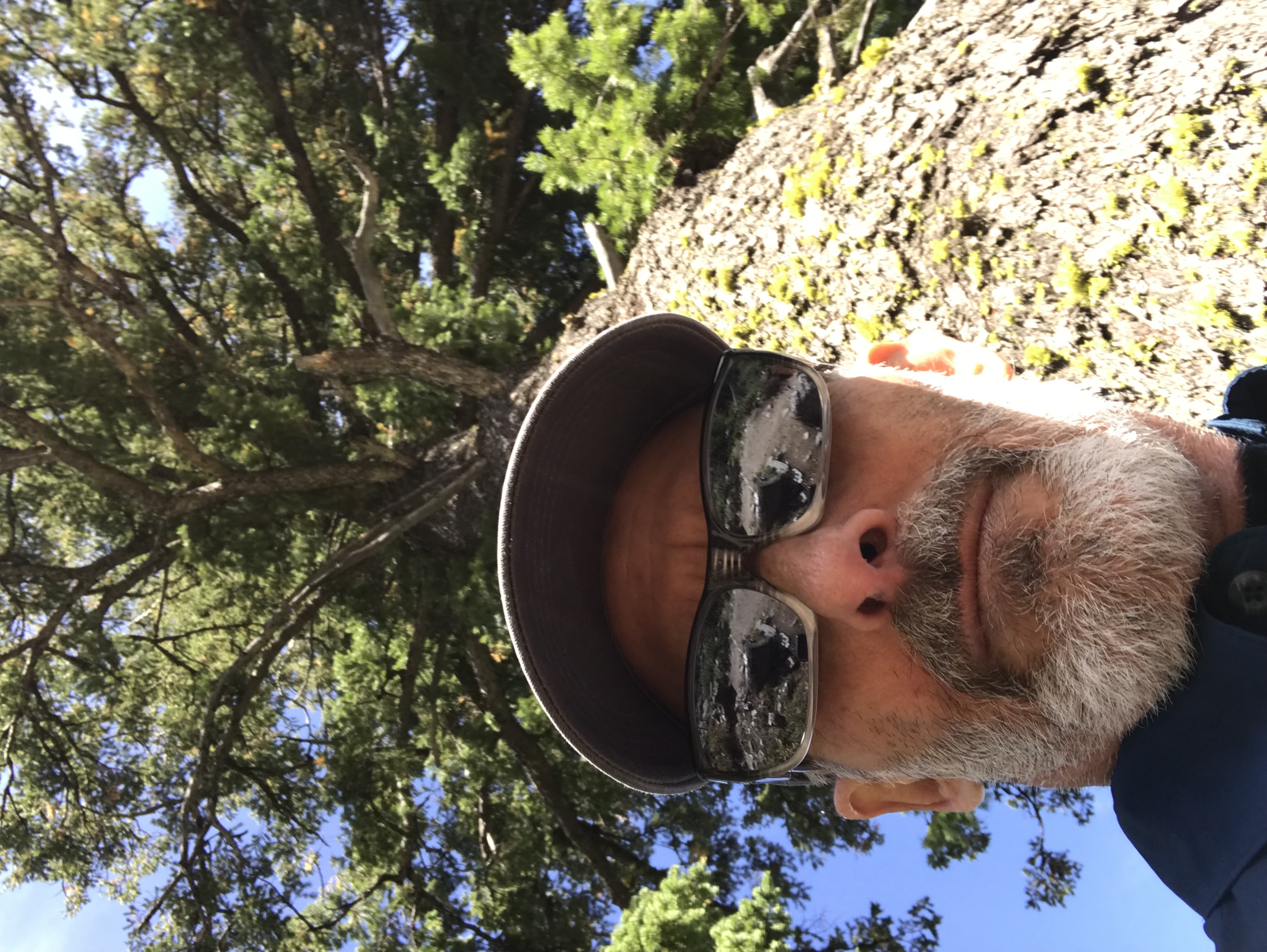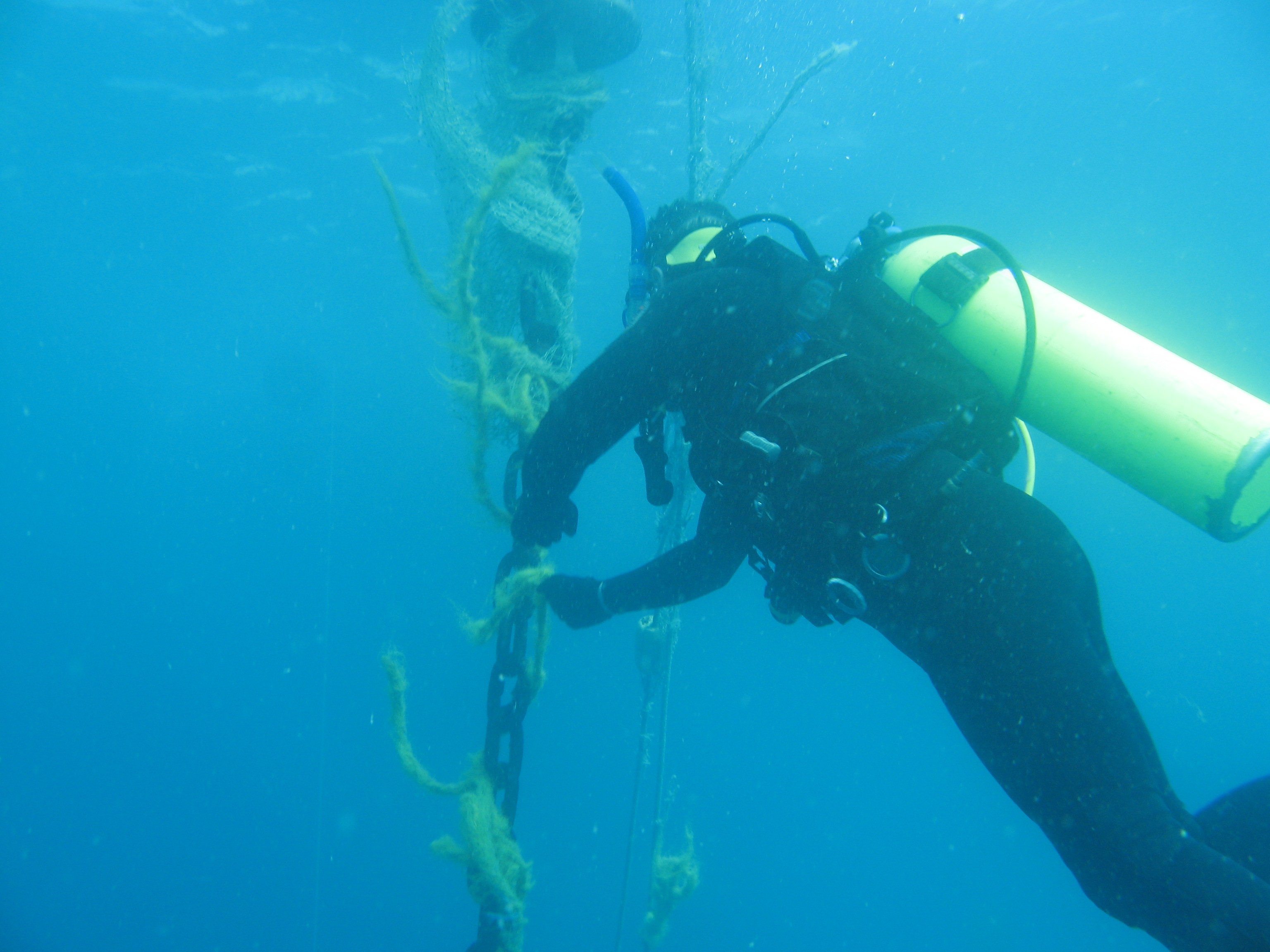
I grew up exploring the great outdoors, but I was always fascinated by the ocean. So after a stint as a chemical engineer I became a physical oceanographer. I look at the ocean in the same way a meterologist looks at the atmosphere. How cold is the water? What makes the currents move? How are waves generated? How far can you see underwater? Can these phenomena be forecast using physics and a computer model?
Scuba Weather began several years ago when I was working offshore as the Chief Scientist for an environmental sampling program. This project was a little unique in that we were using a small remotely operated vehicle (ROV) to take pictures of the bottom. There was so much organic matter (phytoplankton) and suspended silt in the water column that you couldn’t see much of anything, and if you did see anything on the bottom it was blurry. This got me to thinking that if I could forecast the water clarity a day or two ahead, then I could pick the ideal time to do the ROV ops.
This quest would become the basis for Scuba Weather. As an advanced open water diver I knew good visibility was important when it came to successful scientific diving. And it is even more important when you pay your own money to travel a long distance to dive. I was able to combine optics, satellite data, a bit of engineering judgement, and a lot of the pioneering work Prisendorfer did in the 1950’s for the US Navy on underwater visibility. The results are daily estimates of the underwater visiblity, or clarity, at the dive sites.
I hope you find the site interesting, and useful. I invite you to join me on this journey and explore for yourself how forecasts can enhance your diving experience. Please take a minute to leave a comment. Or suggest a dive site. Use the Contact Us link.
Here we are clearing a fishing net from the mooring chain of a 3m discus weather buoy. The visibility was okay at the surface, but 25 m down it was bad.
